The Evolution of Apple Products: From the First Macintosh to the Latest iPhone
07/26/2023

07/26/2023

Over the years, Apple Inc. has played a pivotal role in shaping the technology industry through its innovative products, user-friendly design, and commitment to quality. Its impact can be seen in the widespread adoption of its devices and the influence it has had on competitors and the market as a whole.
Let's dive into the evolution of Apple products from Macintosh to iPhone. Apple Inc. is an American multinational technology company that has had a significant impact on the technology industry. Founded in 1976 by Steve Jobs and Steve Wozniak, the company has a wide range of products, including iPhones, iPads, MacBook Pros, MacBook Airs, iMacs, Apple Watches, and digital media players like the Apple TV. Apple is known for its design aesthetic, attention to detail, and tight integration between hardware and software, which gives its systems a performance advantage. The company has come a long way from its first Macintosh released in 1984.
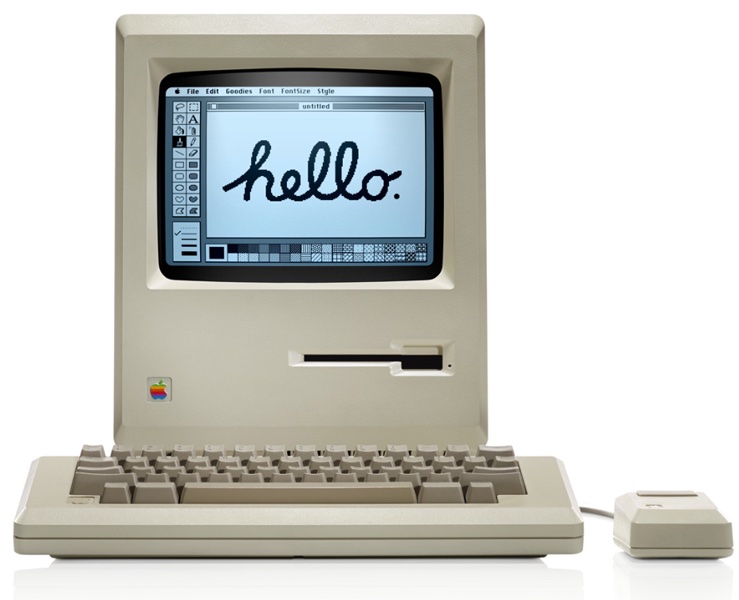
Photo: 9to5mac
The release of the first Macintosh in 1984 was a significant event in the history of computing. The Macintosh was the idea of Apple employee Jef Raskin in the 1970s. He wanted an easy-to-use, affordable personal computer for the average person. Funny enough, he named it after his favorite apple. The Macintosh 128k was announced to the press in October 1983 and was introduced in January 1984. It came bundled with two applications designed to show off its interface: MacWrite and MacPaint. Have you even heard of these? I certainly did not know about these applications until I did my research.
When it was first released, the Macintosh was not initially a hit in terms of being a visionary product because all it had was vision. However, it did play a pivotal role in establishing desktop publishing as a general office function.
It was the first commercially successful personal computer to feature a mouse and a graphical user interface, and it played a pivotal role in establishing desktop publishing as a general office function. Although it was not initially something people thought that they would want, the Macintosh got so much right that it genuinely changed the world.
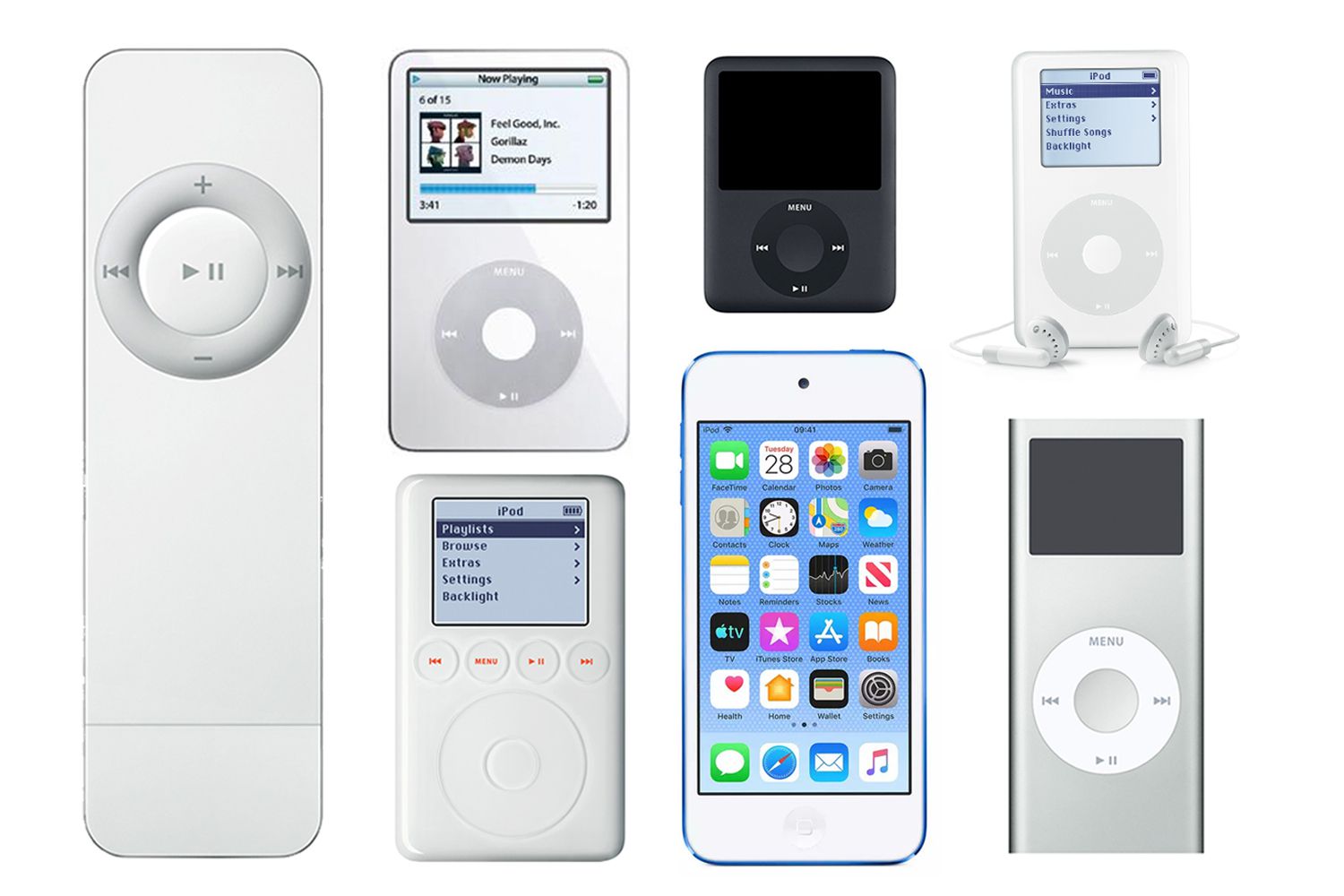
Photo: People Blog
The introduction of the iPod in 2001 had a profound impact on the music industry. The iPod was a portable media player that revolutionized the way we consume music. It offered a sleek design, a user-friendly interface, and the ability to store and carry thousands of songs in your pocket. If you can remember when the iPod was first introduced, it was a very exciting time for technology enthusiasts. The iPod's success was closely tied to its seamless integration with Apple's iTunes software and the iTunes Music Store. Users could easily sync their music library from their computer to their iPod, purchase songs from the iTunes Store, and manage their music collection. The iPod's cultural significance and its integration with iTunes reshaped the music industry and set the stage for the rise of streaming services and the continued evolution of music consumption.
If you haven't heard of Apple's Operating Systems yet, you might have been living under a rock. In 2001, Apple developed and released macOS, an operating system that would later be seen as the foundation of what Apple is. With its original introduction as Mac OS X, the system brought a number of new capabilities to provide a more stable and reliable platform than its predecessor, the classic Mac OS. The development of macOS has played a significant role in enhancing the Mac experience. The introduction of new capabilities and features has improved the system's stability, reliability, and performance, while also providing users with new ways to personalize their experience and be more productive. The software development tools provided by Apple have also made it easier for developers to create new apps for a wide variety of Apple products.
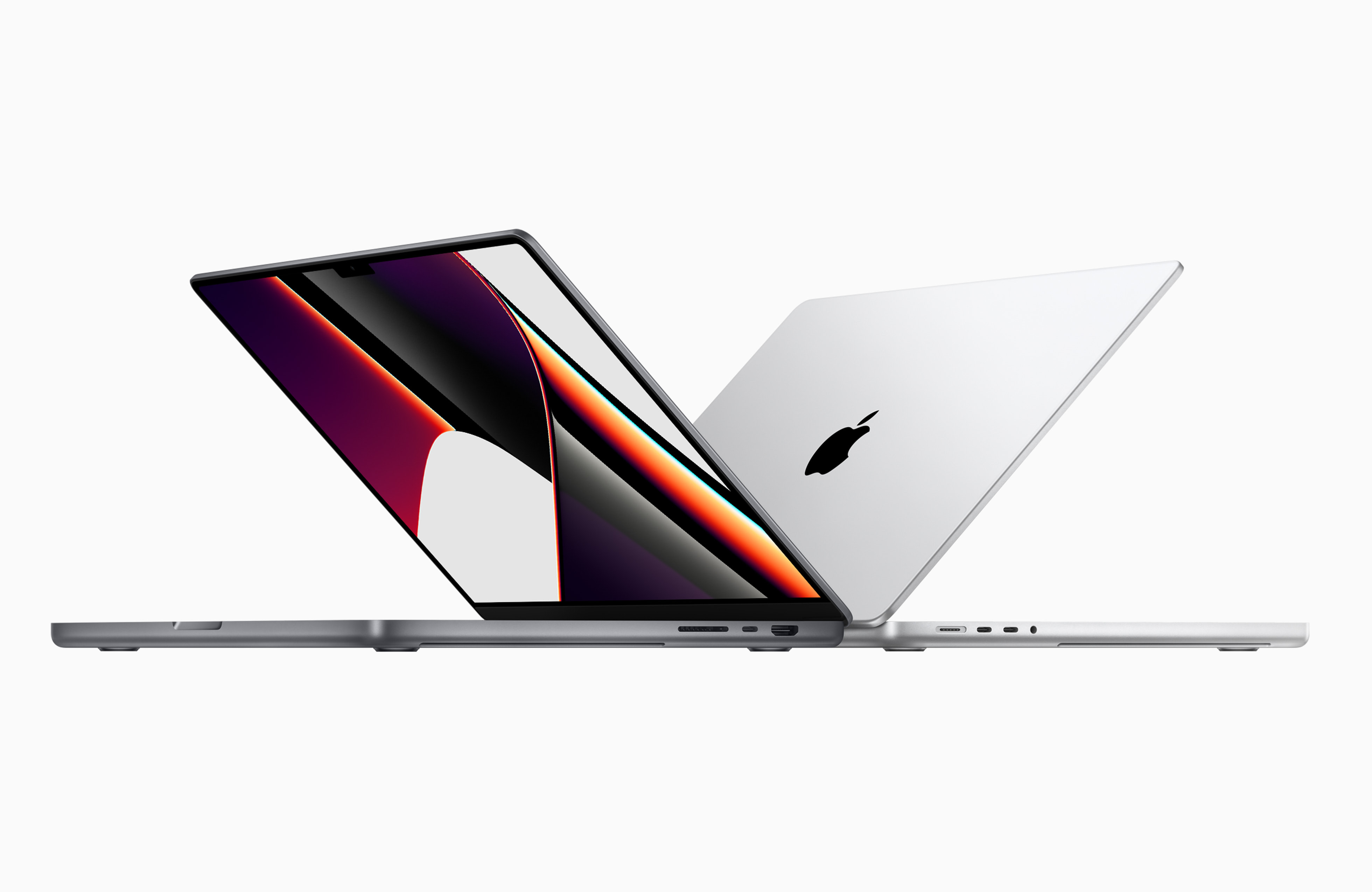
Photo: Apple
Apple has launched several innovative laptops over the years, including the MacBook, MacBook Pro, MacBook Air, and more. The original MacBook was first introduced in 2006 as a replacement for the iBook and PowerBook lines. It was the first Apple laptop to feature an Intel processor and a built-in iSight camera.
The MacBook Air was introduced in 2008 as a lightweight and ultra-portable laptop. It was the thinnest laptop in the world at the time of its release and set a new standard for portability.
The MacBook Pro was introduced in 2006 as a replacement for the PowerBook G4. It was the first Apple laptop that was seen as a workhorse for the office. In 2012, Apple introduced the MacBook Pro with Retina Display, which featured a high-resolution display with over 5 million pixels. This set a new standard for laptop displays and was later adopted by other laptop manufacturers. Fast-forwarding to 2020, Apple introduced the MacBook Air and MacBook Pro with the M1 chip, which is based on Apple's own ARM architecture. The M1 chip provides improved performance, longer battery life, and better integration between hardware and software. This was seen as a great move by Apple as they start to create their own chips instead of using Intel processors.
In 2023, Apple unveiled the new 14- and 16-inch MacBook Pro featuring M2 Pro and M2 Max, Apple's next-generation pro silicon that brings even more power-efficient performance and battery life to pro users. Apple has launched several innovative laptops over the years, including the MacBook, MacBook Pro, and other models. These laptops have introduced new features and technologies that have set new standards for the industry. The latest MacBook Pro models featuring M2 Pro and M2 Max chips are the most recent example of Apple's commitment to innovation and providing users with the best possible experience.
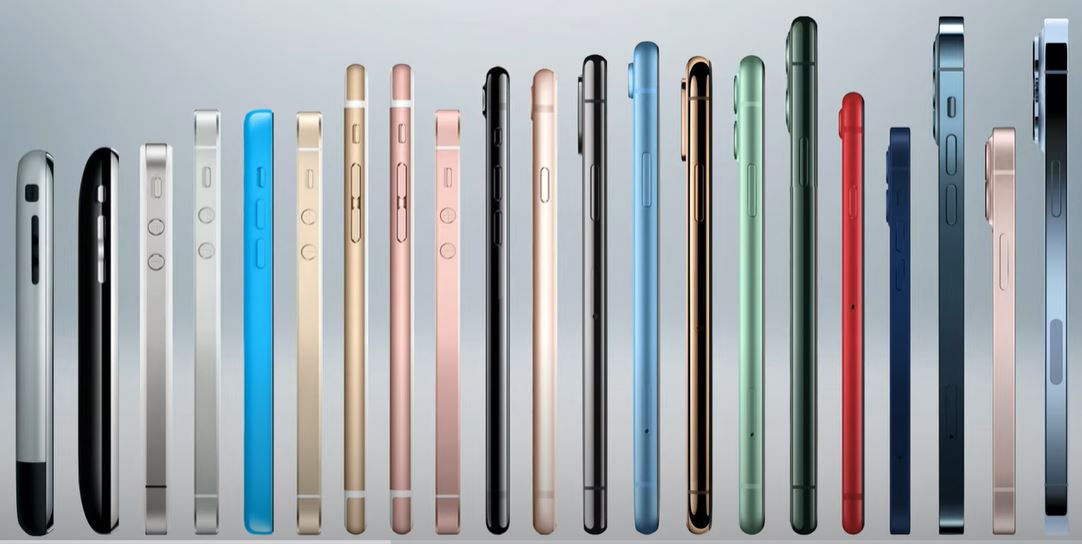
Photo: MacRumors
Taking a step back for a second, you'll see that the real innovation that started everything for Apple was the iPhone. Let's explore how the very first iPhone set the stage for modern smartphones as we know them.
The first-generation iPhone was introduced by Apple in 2007, and it was a game-changer in the mobile phone industry. The development of the first-generation iPhone began in 2004, under the leadership of Steve Jobs. The first-generation iPhone was a disruptive product that introduced several new features to the mobile phone industry. It was the first mobile phone to feature a large, multi-touch display that allowed users to interact with the device using gestures. The iPhone was also the first mobile phone to feature a full web browser that allowed users to browse the internet just like they would on a desktop computer. Portable music with the iPod was great, however, Apple took it a step ahead by integrating the iPod and the iPhone and allowed users to listen to music and watch videos on the go. The iPhone's App Store, which was introduced in 2008, allowed developers to create and distribute third-party applications for the iPhone, which opened up a new world of possibilities for users.
The first-generation iPhone was a disruptive product that introduced several new features to the mobile phone industry and set the stage for the modern smartphone and forever changed the way we access the world's information.
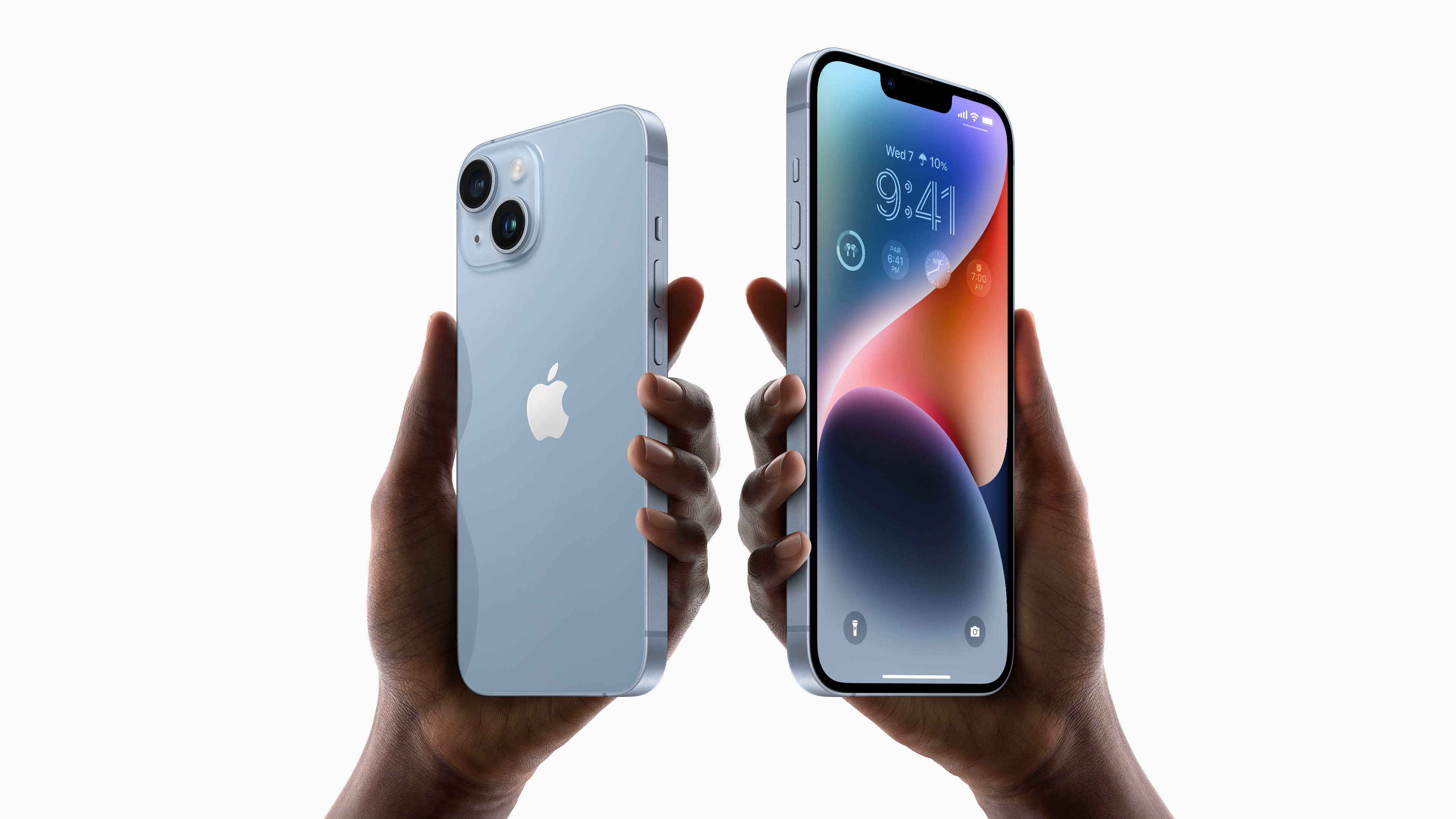
Photo: Apple
As for what Apple has done with the iPhone in recent years, the latest iPhone 14 series boasts innovative features such as improved main and front cameras, automatic crash detection, more RAM, two new color variants, better repairability, and groundbreaking safety capabilities. The iPhone 14 Pro also features a powerful A15 Bionic chip, pro-level camera and video features, and an always-on display. To go along with this, the iPhone 14 Pro Max comes with the all new A16 Bionic chip. Despite criticisms of a lack of innovation, Apple continues to push the envelope with its latest flagship product. The iPhone 15 is set to release later this year, and we're so excited to hold one in our hands.
In recent years, it seems like every company is innovating just about everything. Apple continues to innovate as they released the AirPods in 2016. These are wireless earbuds that quickly gained popularity. They offered a seamless and effortless wireless audio experience, thanks to their integration with Apple devices and the W1 chip. AirPods became a cultural phenomenon and set the standard for true wireless earbuds. In 2018, Apple introduced the HomePod, a smart speaker that combined high-quality audio with Siri integration. It offered a superior sound experience and served as a hub for controlling smart home devices. In 2023, Apple announced the new HomePod (2nd generation) with breakthrough sound and intelligence, delivering enhanced Siri capabilities and a safe and secure smart home experience.
Apple has placed a strong emphasis on privacy and security in its product development. Apple devices, including iPhones and Macs, incorporate strong encryption to protect user data. This ensures that personal information remains secure and inaccessible to unauthorized parties. When it comes to the Apple Store, Apple maintains strict guidelines for apps, ensuring that they meet privacy and security standards. This helps protect users from malicious or intrusive apps. Apple has also introduced various privacy features, such as App Tracking Transparency, which gives users control over app tracking and data collection. Additionally, features like Intelligent Tracking Prevention in Safari help protect user privacy while browsing the web. To go along with this, Apple's devices include dedicated hardware, such as the Secure Enclave and Face ID, to enhance security. These features protect sensitive data, such as biometric information, by storing it securely on the device.
Apple has come a long way since its founding in 1976, and its products have had a profound impact on the technology industry. From the Apple II to the iPhone, Apple has consistently pushed the boundaries of innovation and set new standards for design and functionality. Apple's products have become cultural symbols, representing the intersection of technology and design, and have influenced the way people discover, listen to, and share music, as well as the way they interact with mobile devices and the internet. The company's focus on privacy and security has set a high standard for the industry, and its products have become cultural symbols that have influenced the way we interact with technology. As Apple continues to innovate and explore new areas like augmented reality, health and fitness, artificial intelligence, and sustainability, we encourage you to experience the transformative power of Apple's innovations and see where the company will take us next.